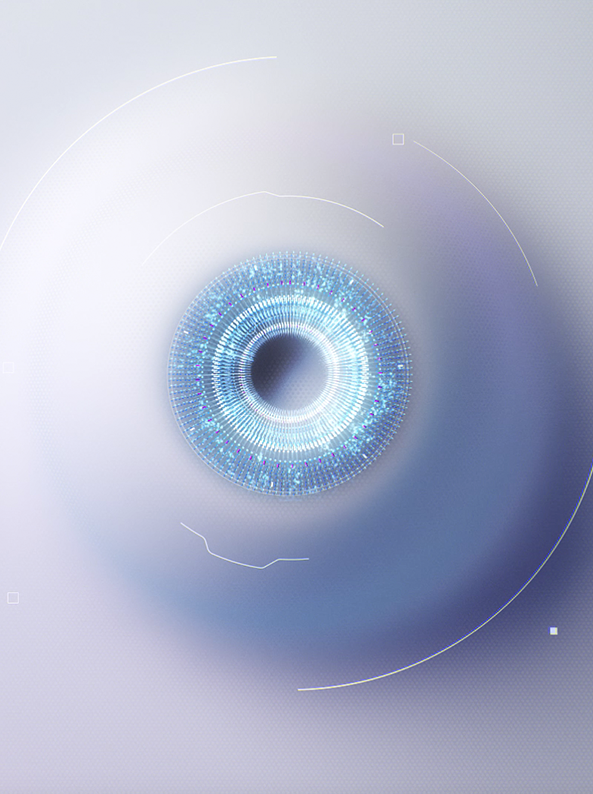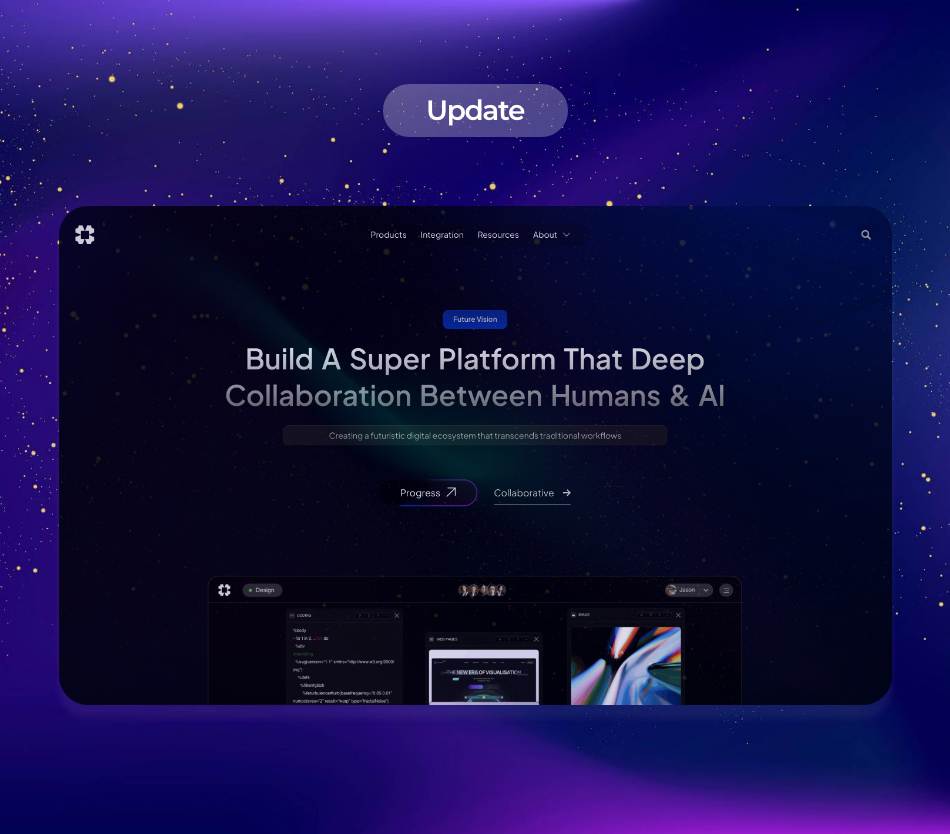In today’s fast-paced digital world, the efficiency and resilience of software systems are paramount. As organizations increasingly rely on complex applications and services, cloud-based AI Operating Systems (AIOS) are emerging as a crucial solution. These systems leverage artificial intelligence and machine learning to provide seamless user experiences, enhanced security, and unprecedented adaptability. This article explores the latest trends in cloud-based AIOS, including their self-healing capabilities and the integration of machine learning models that create a robust technological framework.
.
**Understanding Cloud-Based AI Operating Systems (AIOS)**
At its core, a cloud-based AI operating system integrates conventional OS functionalities with advanced AI technologies. Unlike traditional operating systems that rely on static algorithms and user inputs, cloud-based AIOS dynamically evolve based on user interactions and data insights. This evolution is made possible through the scalability and processing power of cloud computing, allowing for greater computational resources and storage.
.
The global market for cloud-based AI solutions is estimated to reach billions in the coming years, driven by increasing data generation and the need for businesses to extract actionable insights. The emergence of such systems promises not only to enhance user experiences but to redefine organizational efficiency through automation and intelligent decision-making.
.
**The Emergence of Self-Healing Operating Systems**
One of the most transformative features of modern AIOS is their self-healing capabilities. Self-healing operating systems utilize machine learning to detect anomalies and rectify issues without human intervention. This proactive approach enhances reliability and reduces downtime, which is crucial for businesses that rely on continuous operations.
.
Self-healing OS can autonomously address failures—whether they’re related to software or hardware—by implementing corrective measures such as rebooting services, reallocating resources, or even applying patches. The success of these systems directly correlates to their ability to learn from past incidences, improving their response time and accuracy with every iteration. According to a report by Gartner, organizations that implement self-healing technologies can reduce downtime by up to 70%, resulting in substantial cost savings and increased productivity.
.
**Machine Learning Models in AIOS: The Power Behind the Scenes**
At the heart of cloud-based AIOS are sophisticated machine learning models that enable predictive analytics, anomaly detection, and intelligent resource management. These models analyze data patterns to optimize system performance and create a responsive and adaptive environment.
.
For instance, predictive models can anticipate user demands and system load, allowing the AIOS to allocate resources more efficiently. Real-time analytics enable the system to monitor performance metrics and resource utilization, making proactive adjustments that enhance efficiency. This level of adaptability is achieved by leveraging deep learning and reinforcement learning techniques, which empower the system to evolve in response to changing environments.
.
Notably, the use of machine learning in AIOS is not limited to performance optimization; it also encompasses enhanced security measures. By continuously learning from network behaviors and identifying potential threats, AIOS can initiate defensive protocols before data breaches occur. According to a study by McKinsey, organizations that harness AI for security can improve threat detection rates by 80%.
.
**Industry Applications of AIOS**
The versatility of cloud-based AIOS extends across various industries, including healthcare, finance, manufacturing, and logistics. Each industry leverages AIOS to address specific challenges, thereby enhancing operational efficiency and service delivery.
.
In healthcare, for instance, AIOS is used to streamline patient data management and enhance diagnostics. By integrating machine learning models, healthcare providers can predict patient outcomes and optimize treatment plans based on real-time data analytics. This capability not only improves patient care but also reduces operational costs.
.
In the financial sector, AIOS plays a crucial role in fraud detection and risk assessment. Financial institutions employ machine learning algorithms to analyze transaction data, detecting unusual patterns that may indicate fraudulent activities. This proactive approach not only safeguards customer assets but also builds trust between financial institutions and their clients.
.
Manufacturing industries are utilizing AIOS for predictive maintenance, allowing companies to foresee equipment failures and minimize downtime. By analyzing patterns in machinery operations, AIOS can trigger alerts when specific performance thresholds are met, ensuring timely interventions.
.
In logistics and supply chain management, cloud-based AIOS enhances inventory management and route optimization. Machine learning models analyze historical shipping data, helping businesses anticipate demand surges and optimize delivery routes, leading to significant cost savings.
.
**Technical Insights into Developing AI Operating Systems**
The development of AIOS involves integrating various technologies and frameworks. Key components include cloud infrastructure, machine learning frameworks, and microservices architecture.
.
Cloud infrastructure enables scalability, meaning that as more users access the system, additional resources can be allocated seamlessly. Popular cloud providers like AWS, IBM Cloud, and Google Cloud offer the necessary backend support for building robust AIOS solutions.
.
Machine learning frameworks such as TensorFlow, PyTorch, and sci-kit-learn play a pivotal role in developing the intelligence behind AIOS. These frameworks offer tools for building, training, and deploying machine learning models, allowing developers to create tailored solutions based on specific user needs.
.
Microservices architecture further contributes to the flexibility of AIOS. By breaking down applications into smaller, manageable services, developers can independently deploy and scale individual components of the system as needed. This results in a highly maintainable and resilient overall architecture, ideal for adapting to changes in user demand.
.
**Future Trends and Solutions for AIOS**
As technology continues to evolve, the future of cloud-based AIOS looks promising. Advances in quantum computing, edge computing, and enhanced machine learning algorithms will pave the way for even more sophisticated capabilities.
.
Quantum computing could significantly accelerate machine learning processes, enabling real-time predictions and analytics that are currently unfeasible with classical computing models.
.
Edge computing, which brings computation and data storage closer to the source of data generation, will complement cloud-based AIOS. This integration will enhance response times and reduce latency, making AIOS more efficient.
.
Moreover, the future promises improvements in natural language processing (NLP) and human-computer interaction (HCI), allowing users to interact with AIOS through voice commands and conversational interfaces. This advancement will enhance user engagement and make advanced functionalities more accessible to non-technical users.
.
In summary, the evolution of cloud-based AI operating systems and self-healing capabilities heralds a new era in technology. As machine learning models continue to advance, AIOS will play an integral role in enabling businesses to perform at their peak while enhancing overall user experiences. As industry trends evolve, adopting these innovative solutions will be vital for organizations seeking a competitive edge in the digital landscape.
.
**Sources**
1. Gartner. (2023). “Predicts 2023: AI and Machine Learning” – [Link]
2. McKinsey. (2023). “The AI Revolution in Cybersecurity” – [Link]
3. Statista. (2023). “Cloud Computing and AI Global Market Size” – [Link]
.
By embracing these transformative technologies, organizations not only safeguard their operations but also set themselves up for sustained growth and innovation in a rapidly evolving digital environment.




























